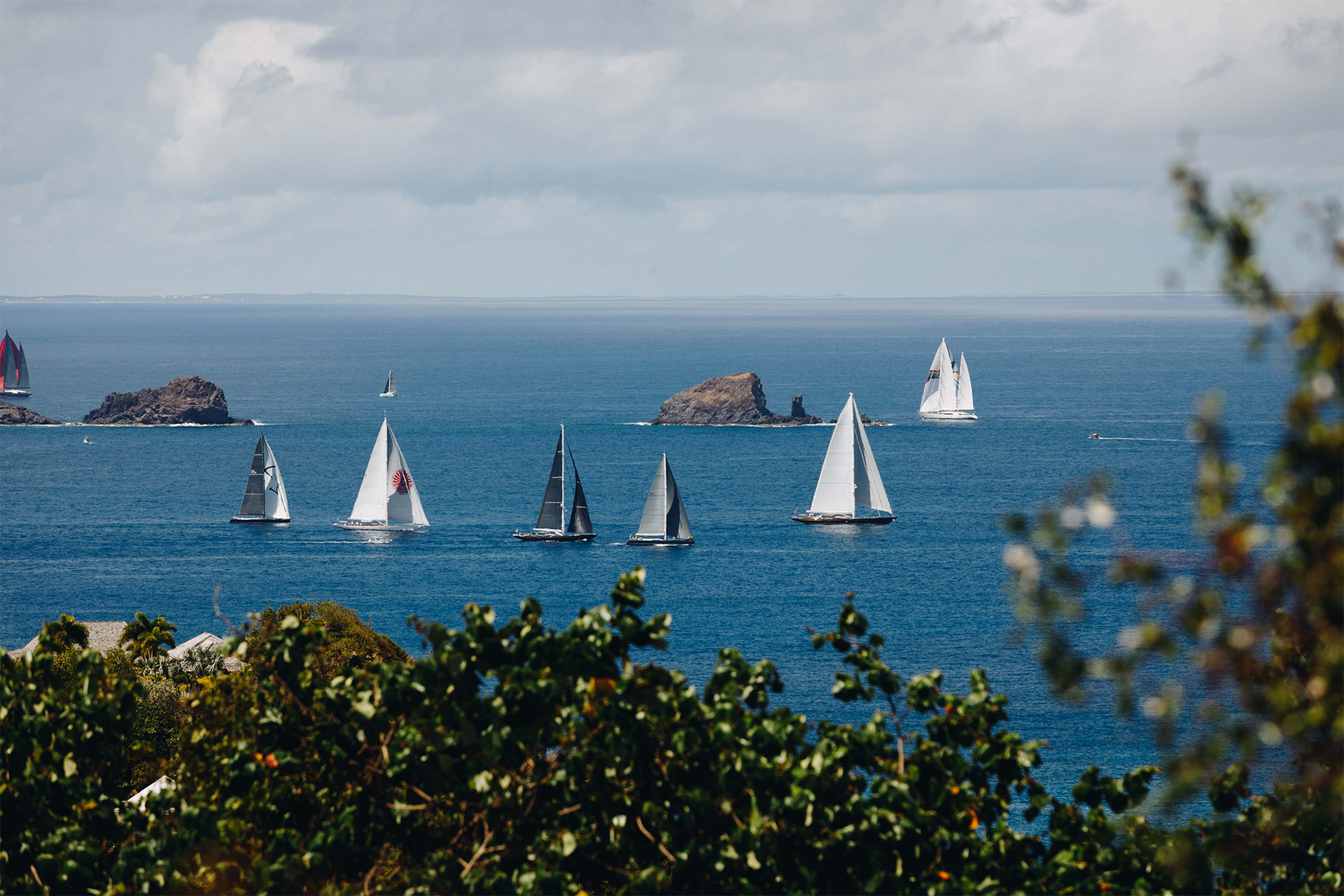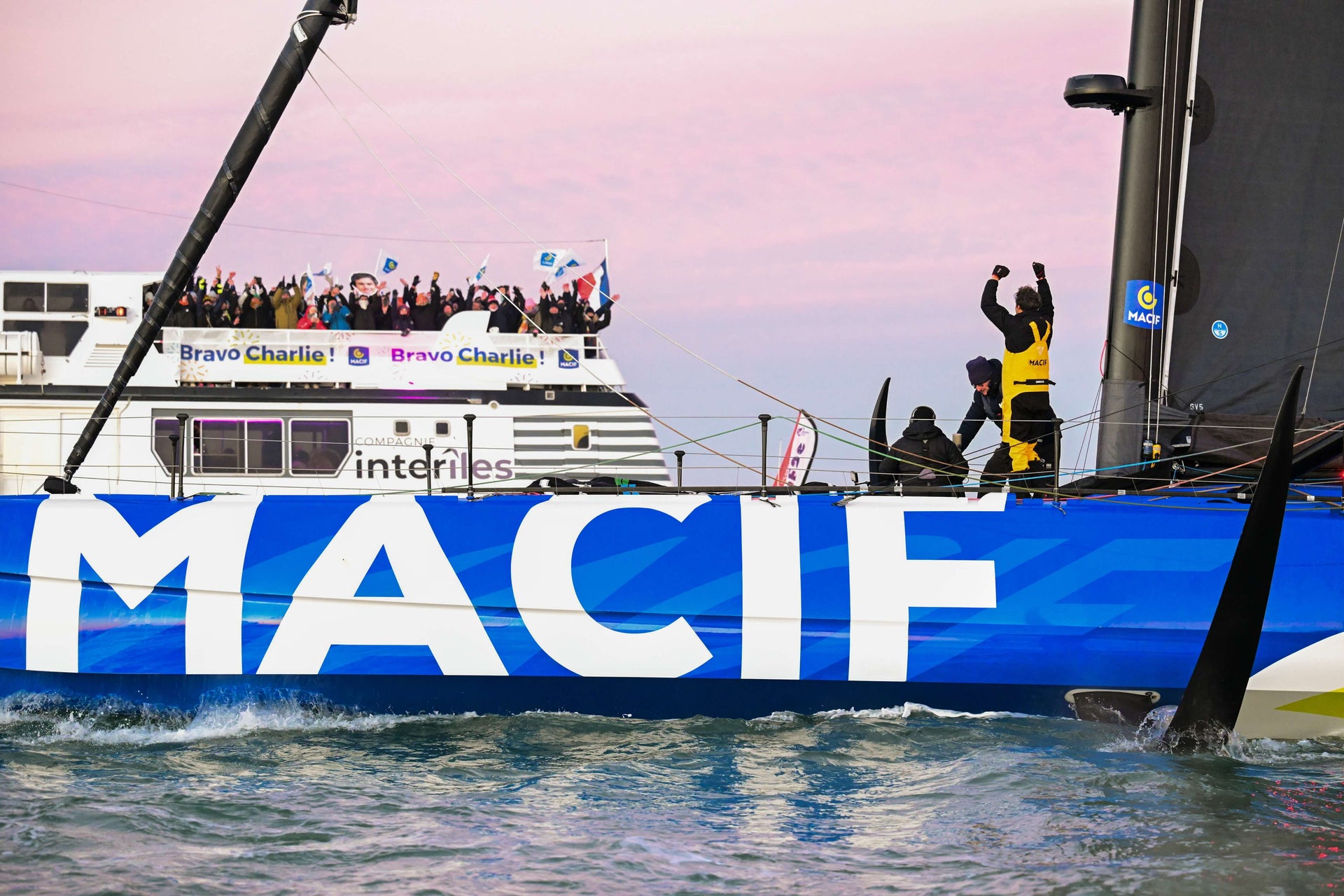WHAT IT TAKES TO WIN THE 420 WORLDS
WHAT IT TAKES TO WIN THE 420 WORLDS
North Sails Sits Down with Lior Lavie, Coach of Team USA

The chatter about the 420 Worlds kicked off in the North Sails offices on the second to last day of the regatta. The results coming from San Remo, Italy, looked good—so good that we spent the final day hitting refresh. North-powered teams claimed six of the nine podium positions, with a full sweep in the 90-boat Mixed Division, and we’ve also added two new world champion teams to our #NSVictoryList: Tommy Sitzmann/Luke Woodworth won the mixed division, while Freddie Parkin/Thomas Whidden claimed the top spot in the U17 fleet. It’s the first time in 44 years that Team USA has won a 420 World Championship.
Sailing in a world championship is an honor; winning is a privilege that comes only with hard work and is never guaranteed. Team USA’s victory in San Remo is a credit to the entire American squad: all 17 teams, the coaching staff, plus the parents (and grandparents).
We caught up with Team USA coach Lior Lavie, owner of Outfit Sailing, to get his insight into the team’s success, and to ask his advice for aspiring young sailors.
How did Team USA train for the 420 World Championship?
Preparation began in September of 2020, with training in Miami. During the fall and winter months, our calendar included intensive days of training on weekends, block training camps during the holiday season (Thanksgiving and Christmas), and events such as the US Nationals, North Americans, Midwinters all in Miami.
In the spring we migrated up north to Annapolis and Newport before our departure to Europe. The many days of training on the water were combined with video debriefs, boat work, sail testing, speed tuning, and fitness.
What were your expectations on Day 1?
Team USA had four coaches in San Remo, and we all agreed that this year was a difficult year to predict how our sailors might perform, and where we, as a country, might stand compared to the rest of the world. There were no international events to set a baseline, and we had only a handful of sailors who had previously competed on the world stage. The majority of Team USA are young, talented sailors who were attending their first international event in the 420 class.
Therefore, the coaching staff laid out the foundations and mindset for the team: treat each day as if it is the first day of the event while collecting data points, studying our competition, and making adjustments as needed.

What did you focus on each day? Did each team have a unique focus?
Each morning, we gathered all the athletes and coaches to discuss the day’s weather report, our overall strategy, and any updates we had about the racing. Afterward, we split the team into two groups (based on the assigned racing areas) for more specific conversations.
On the water, I collected wind and current readings and shared that information with each team, so that they could develop their own game plan for the next race.
We also discussed how to control the uncontrollable. Thinking ahead about different scenarios with opponents helped our teams deal with any situations that required an immediate reaction. The goal was for the skipper to focus on sailing the boat at max speed, trusting the crew to report potential crossings, fleet positioning, and weather/wind observations. This communication is a critical component to the success of our top teams.
What are some things you feel Team USA is especially good at? (Technique, conditions, starting in big fleets?)
Our US sailors showed versatility in their skills. It was amazing to observe and to be a part of. The 2021 Worlds delivered almost every type of condition: light with strong current, half trapezing, side shore winds, onshore winds, and full planing conditions. Our gold medalists showcased their ability to adapt while maintaining excellent sail trim and boat speed both upwind and downwind.
Team USA won each division by a large amount. How did you manage momentum during the event?
The competition is fierce at this level, so, mental preparation is what makes the difference. Day 5 of the championship is probably the best example. All three fleets (U17, Mixed, and Women’s) completed 9 races. Our three gold medalist teams scored a combined 8 wins—11 points in total. I don’t think any country has ever had such a dominating single day at a 420 World Championship, and that is why we had such a healthy lead going into the last day.
For the final day, Team USA went back to our foundations and preparation. We were the team to beat, so it was even more important to sail clean and smart. Based on the standings, we evaluated different scenarios and how to react to each one.

With young sailors, how do you help them deal with the pressures of both competition and success?
Each athlete reacts differently, and our strong relationship to keep them calm and focused. One of my strengths is to customize my coaching style to a particular sailor; knowing when we need to break the tension with a joke, when the sailor needs reassurance, and when I may need to raise my voice to get them to refocus.
These young sailors are very mature in their minds. The ability to handle pressure is a skill that’s under development years before the event. As a coach, I emphasize and teach my athletes to always be humble and to keep a low profile on and off the water. And I remind the sailors of this each day throughout the event. The key is preparation and maintaining your routine—until the last day when you can celebrate your victory.
What does pre-race look like for you? Did you go out early each day to speed test, rig test, etc?
For me, the pre-race routine is the most important part of each racing day. It is the only part of the race that is not “equal” to all competitors because not all sailors arrive at the same time and prepare the same way. What you do BEFORE racing can set you up for success the entire day.
At this event, we were always the first team to arrive at the racing area. This provided a clear view of the water to observe wind patterns and wave action before the other coach boats and sailors arrive and disturb it. Looking upwind from the start line before the other competitors gave the sailors a boost of confidence. After that, we tuned up together in order to gather as much information as possible.
What advice do you have for young sailors who want to move up in the fleet, and maybe someday participate in a World Championship?
The best advice I can give is to develop healthy habits that will lead to success…both on and off the water. It is also helpful to identify any destructive or unhealthy habits (which we all have) and make them less appealing while rewarding yourself for positive behaviors. As you begin to accumulate good habits in time management, communication, rules, respect, and routines, you will set yourself up for improved results. Healthy communication with your partner and developing mutual respect for each other are also keys to success in any sailing career.










